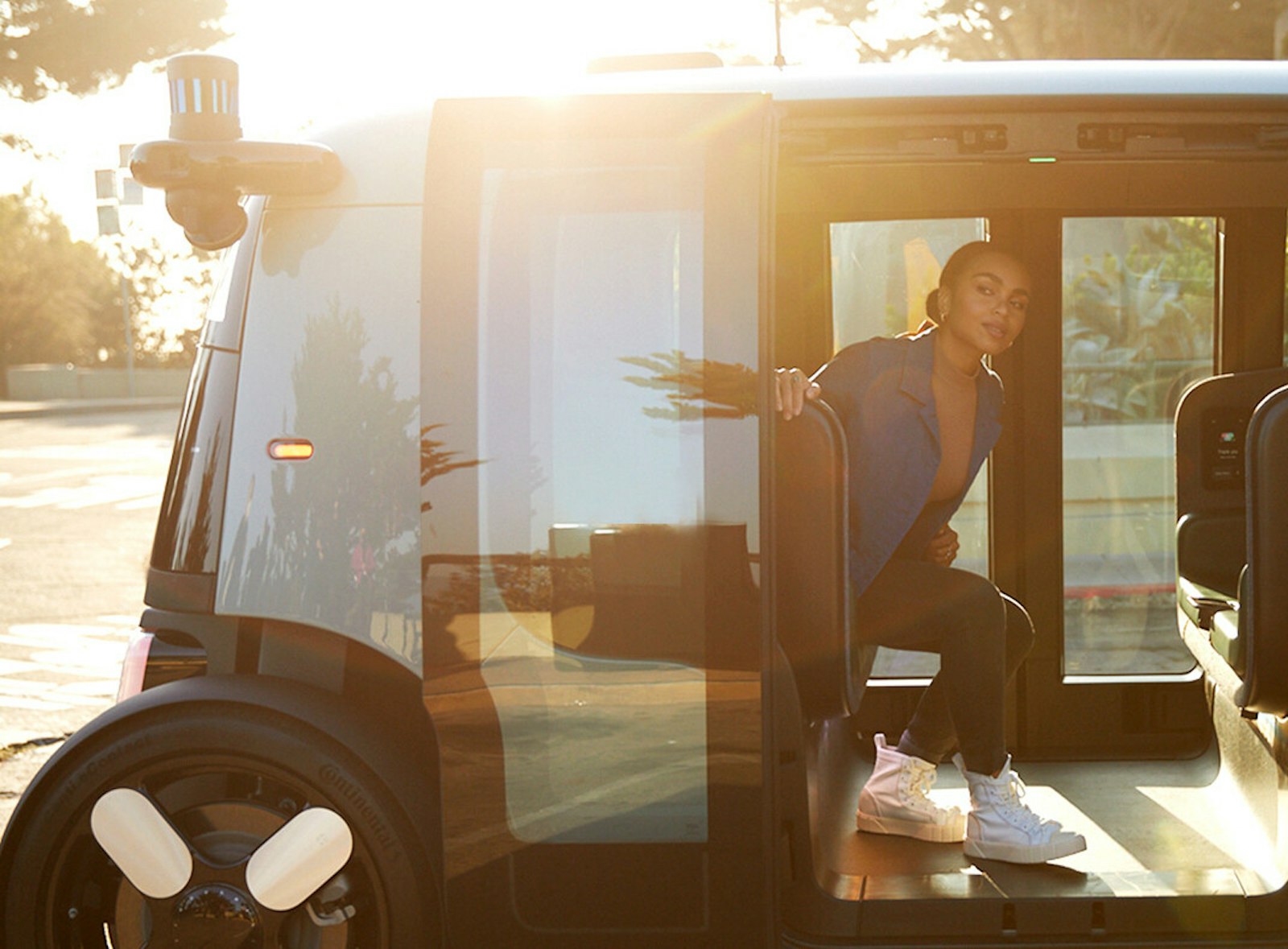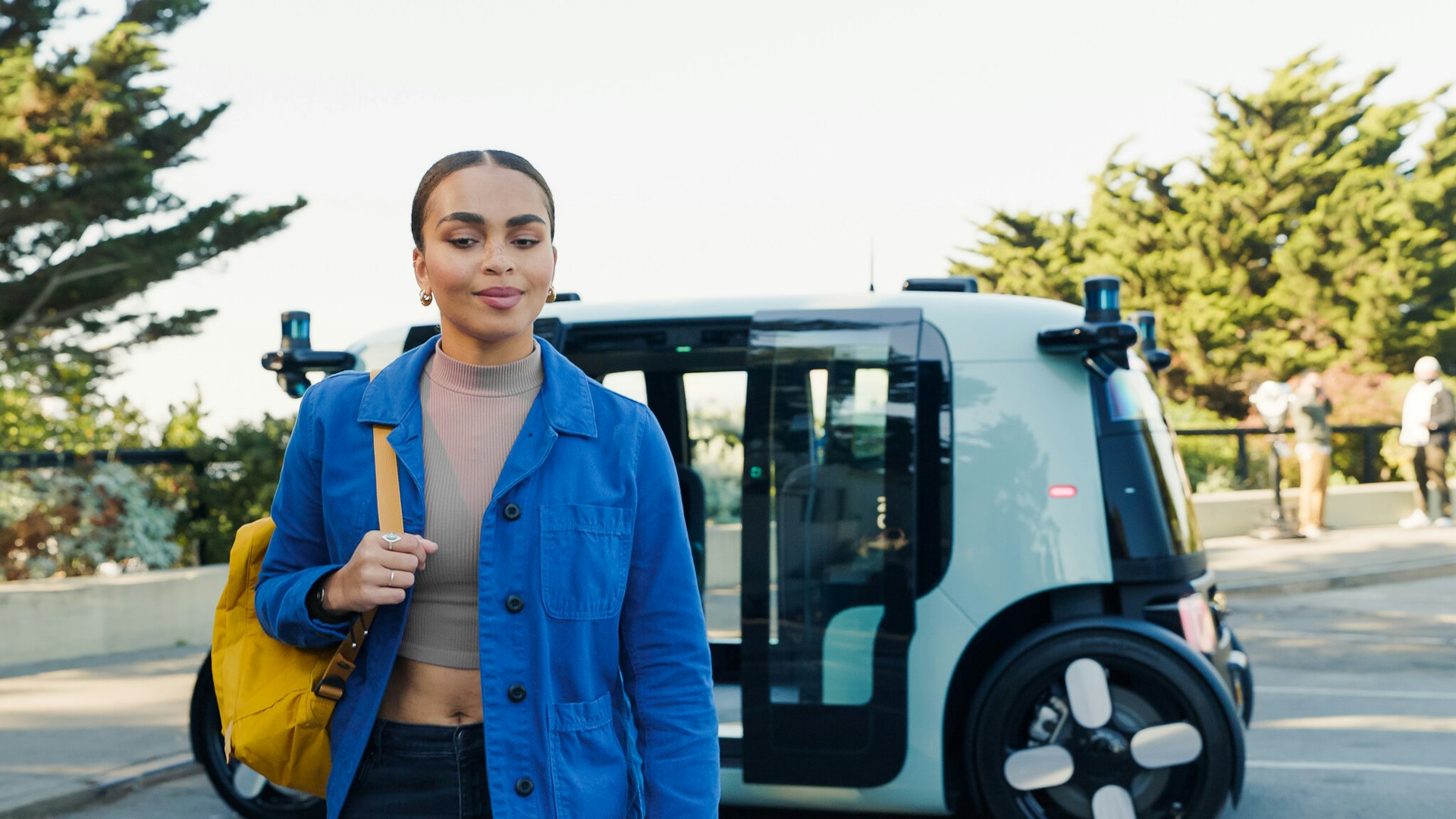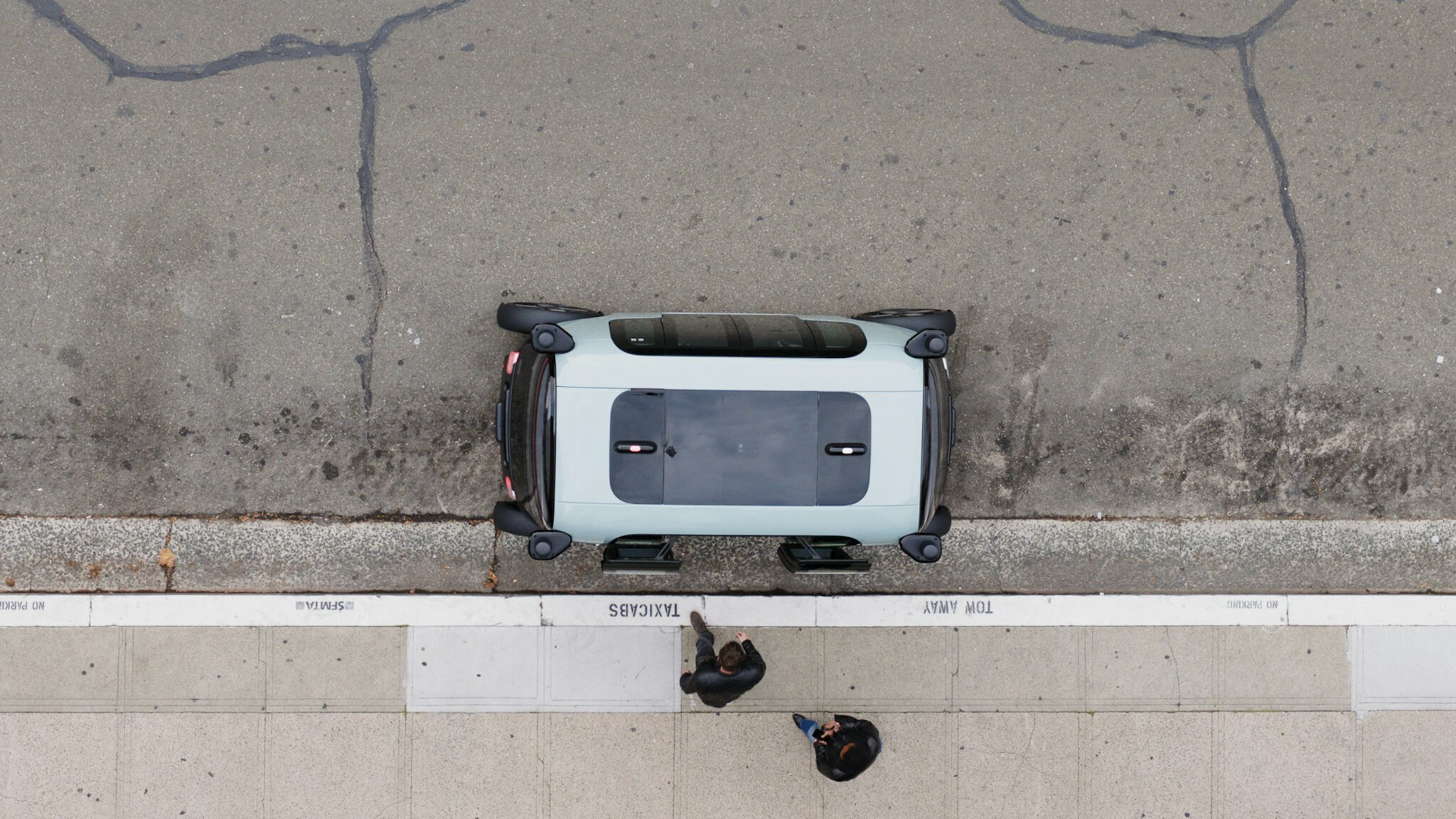Everyone deserves access to safe and clean transportation
We need new transit models that democratize safety

Amidst the country’s broad reckoning with structural racism, gender bias, and unequal access to education and economic opportunity, the transportation industry has a responsibility to acknowledge its own contributions to these inequities. We also have an opportunity to begin to address them -- through more considered choices going forward, and, excitingly, with the help of new technology. If these solutions also enhance safety and lower risk for all road users, and they produce fewer emissions while using our planet’s resources more efficiently, we as a society will have achieved a rare triple-win.
New transit models will democratize safe transportation moving forward. Historically, transit design -- and the interstate system in particular -- has catered to suburban, upwardly mobile groups, while exacerbating the socioeconomic divide and limiting access to opportunity for those most in need. A recent Harvard study demonstrated that transportation is the single largest determinant of social mobility. Lack of access can lead to less opportunity, more dependence on (often subpar) public transportation, and longer commute times. Ideally, transit networks should open up a city to all those who live within its proximity, not create mobility and economic hurdles.

Although barriers to opportunity worsened by today’s transit system are troubling, even more so is how strongly low-income communities experience the disproportionate effects of traffic-related fatalities; for example, those walking in lower-income metropolitan areas have twice the fatality rates of those walking in other neighborhoods. Transit design in low-income communities is often not optimized for safety to the same extent as in more affluent communities. For instance, low-income communities often lack safe sidewalks and biking infrastructure, while also suffering from higher traffic volumes and higher-speed roadways. This safety disparity costs lives and is one of the most critical problems the transportation industry needs to address: bringing safe mobility to everyone, regardless of socioeconomic status.
When I started off exploring autonomous vehicles more than a decade ago as a graduate student at Stanford University, I was excited about the technical, societal, environmental, and economic challenge that was unparalleled in Silicon Valley at the time. Robotics, artificial intelligence, computer vision, cars, behavioral economics, psychology and more, all combined into two deep questions: first, how can we solve this incredibly complex technical problem; and then, how can we rethink transportation in cities if people don’t have to drive their own cars?
As I learned more about the needs of people in cities, another topic became top of mind, too: the extent of the discrepancy in people’s access to get from point A to point B. In aggregate, taxi drivers (of all races) preferentially pick up white passengers. Residents of underserved communities often have to spend hours commuting on multiple bus routes or biking along streets with cars zipping by at more than 40 miles per hour. Sometimes there are no sidewalks. These hurdles make people’s lives harder -- not only their commutes. Through this lens, developing autonomous vehicles is even more than an exciting technical, economic, safety, and environmental challenge (though that’s already a lot!). It’s a people issue, too.
ShareJesse Levinson, CTO & Co-FounderHow can we find ways for everyone - regardless of their socioeconomic status or where they live in a city - to safely and efficiently go where they want?

Often when confronted with massive societal-level problems like these, we turn to the government for answers or solutions. No doubt, they have a critical role to play in almost all pieces of the puzzle. But changing laws, societal norms, and decades-old programs can take a long time at best, and sometimes there are so many stakeholders, different opinions, and inability (or unwillingness) to pay, that genuine change feels out of reach. So when new technologies and associated business models emerge that can play a part in solving the hardest problems, that’s personally very exciting to me.
AI is never going to solve every societal issue we face, nor should we wait around and abdicate responsibility for our human choices while we anticipate (and actively build) new technology. It also comes with its own challenges, to be sure. But it absolutely can and will play a role in bringing safe, clean, and affordable transportation models to our roadways. Most public transit systems require significant capital investments in infrastructure and are typically designed to accommodate the greatest need (which, itself, is subject to opinion and bias). The challenge, then, is that services like trains and bus lines are restricted to just the number of stops and areas they can serve. As a city grows and evolves, the public transit systems often remain the same - becoming inaccessible to those who rely on it the most.
Amidst the rigidity of public transportation, we have the so-called last-mile problem: a situation where travelers are often not able to reach their exact destination, but are able to get within a few miles or so. Taxis, ridehailing, scooters, biking, and walking are all possible solutions, but there can be financial, safety, or practical barriers associated with these. Many individuals purchase a car specifically to avoid public transportation, or don’t have access to it in the first place.
Demand for mobility-as-a-service has grown steadily over the past decade, especially in cities. This model brings many benefits, and at its best, can be genuinely complementary to public transportation -- but it has also left some people behind. Traditional ridehailing services can be unpredictable, especially with surge pricing and the recent shortage of drivers. While modern-day ridehailing services have partially democratized the personal chauffeur, there are overhead costs that are passed on to the riders: for example, the expenses to pay drivers a living wage or the cost to cover deadheading (the term for when a vehicle is underutilized and drives around without charging for its miles). And while most drivers are safe and courteous with clean and well-maintained vehicles, unfortunately that’s not always the case.
With new technologies, we can build a more affordable and inclusive transportation system for even more of our communities. Our vehicles will be meaningfully safer than their human-driven counterparts. Over time, they will cost much less to use. They’ll create less pollution and use fewer resources, because they’re utilized all day and night long. Within their geofence, they won’t discriminate based on race or socioeconomic status. They’ll be reliably clean and well maintained. And they’ll be a pleasure to ride in, having been designed for exactly that. At Zoox, this is the vision we are working to bring to life in our cities.
The potential societal benefits are tremendous, but we still have a long and capital-intensive road ahead. Along this journey, there will be challenges, and we acknowledge that our contribution is only one small part in society’s inexorable drive towards more equal access and opportunity. Even after we launch, our service will reach more areas and become more affordable over time; we certainly won’t solve everything for everyone right away. But we couldn’t be more excited to help address some of society’s oldest issues by dismantling historic transportation hurdles and bringing safe, clean, and enjoyable transportation to everyone.
Originally published by World Economic Forum.
Contributors
- Jesse Levinson• CTO & Co-Founder

Source
(1) "Fighting for Equitable Transportation: Why It Matters" Safe Routes to School https://saferoutespartnership.org/sites/default/files/pdf/Fighting-For-Equitable-Transportation-Why-It-Matters.pdf
Source
(2) "Neighborhood Social Inequalities in Road Traffic Injuries: The Influence of Traffic Volume and Road Design" A Publication of the American Public Health Association https://ajph.aphapublications.org/doi/abs/10.2105/AJPH.2011.300528
Source
(3) "2019 Uber Technologies Inc. IPO Filing -- Securities & Exchange Commission Report" United States Securities and Exchange Commission https://www.sec.gov/Archives/edgar/data/1543151/000119312519103850/d647752ds1.htm
Source
(4) "The Impacts of Neighborhoods on Intergenerational Mobility" Raj Chetty and Nathaniel Hendren, Harvard University http://www.equality-of-opportunity.org/images/nbhds_exec_summary.pdf
Source
(5) "Household, Individual, and Vehicle Characteristics" Bureau of Transportation Statistics https://www.bts.gov/archive/publications/highlights_of_the_2001_national_household_travel_survey/section_01
Source
(6) "Racism has shaped public transit, and it’s riddled with inequities" Rice Kinder Institute for Urban Research https://kinder.rice.edu/urbanedge/2020/08/24/transportation-racism-has-shaped-public-transit-america-inequalities
Source
(7) "There's a major hurdle to employment that many Americans don't even think about — and it's holding the economy back" Pedro Nicolaci da Costa https://www.businessinsider.com/lack-of-transport-is-a-major-obstacle-to-employment-for-americas-poor-2018-1
Source
(8) "How railroads, highways and other man-made lines racially divide America’s cities" Emily Badger and Darla Cameron https://www.washingtonpost.com/news/wonk/wp/2015/07/16/how-railroads-highways-and-other-man-made-lines-racially-divide-americas-cities/
Source
(9) "Transportation Emerges as Crucial to Escaping Poverty" Mikayla Bouchard https://www.nytimes.com/2015/05/07/upshot/transportation-emerges-as-crucial-to-escaping-poverty.html
Source
(10) "Stranded: How America's Failing Public Transportation Increases Inequality" Gillian B. White https://www.theatlantic.com/business/archive/2015/05/stranded-how-americas-failing-public-transportation-increases-inequality/393419/
Source
(11) "In LA, Electric Ubers Stick to Affluent Neighborhoods" Kyle Stock https://www.bloomberg.com/news/articles/2021-06-08/in-la-electric-ubers-stick-to-affluent-neighborhoods?cmpid=BBD062621_GREENDAILY&utm_medium=email&utm_source=newsletter&utm_term=210626&utm_campaign=greendaily
Last updated on Nov 3, 2023